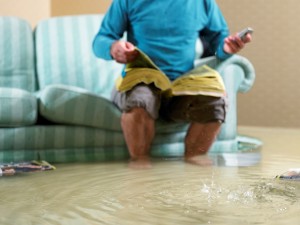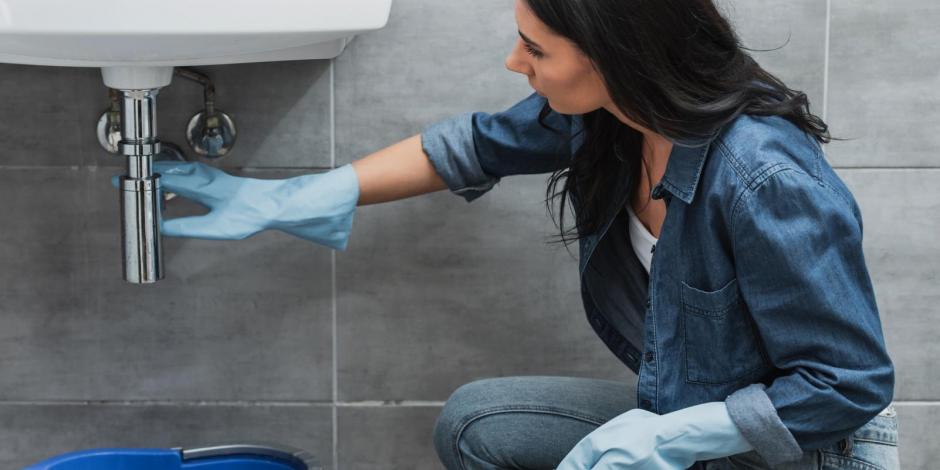What are your opinions on DIY Plumbing Projects and When to Call a Professional?

Intro
Plumbing problems can range from small hassles to significant frustrations, commonly prompting homeowners to decide between tackling the trouble themselves or calling in a specialist plumbing. Understanding when to DIY and when to seek professional assistance can conserve time, cash, and prevent possible disasters. This write-up checks out the elements to take into consideration when making this essential choice.
Advantages of Do It Yourself Pipes
Handling plumbing jobs on your own can be satisfying in a number of ways, particularly for simpler tasks.
Intricacy of Tasks
Some pipes problems require customized understanding and tools past common property owner capacities. Messing up complex problems can bring about further damages and costly fixings.
Safety Problems
Working with pipes systems entails threats such as exposure to water damage, capacity for electric risks, and managing devices incorrectly. Safety and security preventative measures must be observed to avoid crashes and make certain efficient repairs.
Indicators to Call a Specialist Plumbing Technician
Recognizing when a plumbing issue exceeds DIY capacities is important to preventing getting worse troubles.
Signs of Complex Problems
Instances include:
Prompt specialist treatment is required to resolve these issues properly and reduce damages.
DIY Pipes Tips
For successful do it yourself plumbing, it's vital to be prepared with the right tools and adhere to appropriate procedures.
Fundamental Devices and Products
Key tools for do it yourself pipes:
Step-by-Step Guides
Clear instructions make sure secure and effective DIY repair services:
Selecting the Right Time to DIY
Figuring out when to tackle pipes jobs on your own needs evaluating both the complexity of the problem and personal convenience degrees.
Evaluation Checklist
Consider:
Expense Savings
DIY pipes projects frequently save cash by avoiding expert service charge. Jobs like fixing small leakages, replacing faucets, or mounting new showerheads are examples where home owners can handle repair services without working with a plumbing technician.
Ability Improvement
Taking part in DIY plumbing provides a chance to discover and boost sensible abilities. Standard jobs equip house owners to understand their plumbing systems better and get confidence in managing little repairs separately.
Risks of DIY Pipes
While DIY projects provide benefits, particular dangers should be carefully considered prior to attempting repairs.
When to Absolutely Call a Specialist
Certain scenarios require prompt expert attention to avoid substantial damages or security dangers.
Emergency situation Situations
Examples consist of:
Searching for and Employing a Professional Plumber
Choosing a certified plumbing technician guarantees dependable solution and comfort in solving plumbing concerns.
Standards for Selection
Variables to consider:
Cost Analysis: do it yourself vs. Specialist Providers
Contrasting the financial effects of DIY initiatives versus professional pipes services aids in making informed choices.
Financial Considerations
Evaluate:
Conclusion
Making a decision whether to do it yourself or call a specialist plumbing depends upon comprehending the intricacy of pipes issues and personal capabilities. By weighing the benefits and risks, property owners can make informed choices that promote reliable maintenance and secure their homes from pipes catastrophes.
When to DIY and when to call a professional plumber
There are Australian laws and regulations that regulate plumbing work in Australia. This means that there are few home plumbing tasks that you can DIY. Besides, a lot can go wrong with DIY plumbing projects. However, there are also plumbing works that you can successfully DIY. Read on to know when to DIY and when to call a professional plumber.
You can learn more about the risks of DIY plumbing projects, projects requiring special caution, and illegal DIY plumbing works to avoid. This post concludes with the services of commercial plumbers and why getting expert help is essential.
Reasons to Attempt DIY Plumbing Projects
While it is often not advisable to perform DIY plumbing repairs, several pros of DIY plumbing projects can make them attractive.
Save costs
A significant reason for doing DIY plumbing jobs is to save costs. It is possible to save on labour charges and overall fees if you buy the needed tools and parts from local hardware stores and do the repairs yourself.
Gaining experience
You can gain some hands-on experience in basic plumbing repair if you watch online videos and attempt the repairs yourself.
Confidence boosting
You can boost your confidence and self-reliance skills by performing DIY plumbing repairs and installations yourself.
Risks of DIY Plumbing Projects
If something goes wrong with your DIY plumbing project, you may have unfavourable results that you may consider the cons of DIY plumbing.
For one, your home may get so extensively water-damaged that your home and contents insurance will not cover you. You will also have to spend more money to repair the water or sewage problem than you would otherwise spend for professional plumbing jobs. Besides, you may often spend more time on DIY plumbing work than an experienced plumber would spend. This is because you may not have the needed skill set. There are also related safety hazards and potential threats of DIY plumbing jobs that you may need to consider. Plumbing Issues You Can Fix Yourself
You can attempt DIY plumbing for plumbing issues such as replacing tap washers, installing shower heads or performing minor tap leak repairs. However, it would help if you invited licensed plumbers to fix complex leaking showers, effectively deal with blocked drains, or repair hot water systems. This is the best way to ensure these plumbing issues are correctly fixed, and the project is insured.
Fixing clogged or blocked drains
You may have clogged drains or need help with slow-draining showers. These are tasks that you can resolve yourself using several options. To fix blocked drains, you may use baking soda, plungers, or wire hangers. Meanwhile, you can take the preventive measure of installing filtration systems such as drain filters to help prevent drain clogs.
New faucet installations
It is possible to install a new faucet yourself. You would have to turn off the hot and cold water valves. Then, you can remove and fix the old faucet and replace it with the new one.
Leaky faucet repairs
While leaky faucet repairs are more technical than installations, you can also take some steps to fix them. Turning off water valves is the first step in draining water from plumbing systems. Next, you can use a washcloth to cover the drain and remove the decorative handles.
This will allow enough room to unscrew the nuts that attach the faucet handle to the stem. Your final step is to take out and replace the old washers and O-rings with the new duplicates.
Fixing running toilets
An occasional DIY solution for running toilets is to restore the flapper in the tank to its proper place.
Burst pipes
You may have issues with your exterior plumbing fixtures. It may simply be that your inbound or outbound pipes have worn out, or you may have burst pipes due to flooding or large tree roots.
You may also have frozen pipes. These are all instances when you need to call a professional plumber. They will perform pipe inspections to locate the problem and implement solutions such as pipe relining.
Interior plumbing repairs
It's usually time to call a competent plumber if you want to do plumbing repair work on floors, ceilings, or the walls of your building. They can also help you fix faulty showers and sinks.
Plumbing renovation
Major renovation projects or plumbing jobs such as bathroom remodelling and bathroom renovations require the services of a professional plumber. Likewise, you need a professional plumber to fix your kitchen sink or plumbing. They can help you get the required plumbing permits. At the same time, they know what building codes apply to such renovation projects.

Do you enjoy more info about When to call a professional plumber vs. DIY? Leave a remark down the page. We will be pleased to know your ideas about this post. Hoping to see you back again in the future. Those who enjoyed our blog entry please consider to pass it around. We love your readership.
Contact Us Today